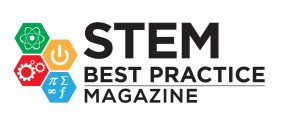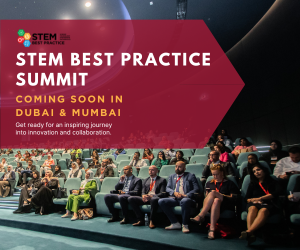Abstract
Remedi is a medication reminder device designed for families caring for dementia patients. Its job is simple: make sure patients take the right medicine at the right time, while keeping caregivers in the loop. The device has scheduled reminders, pill-taking interface and app connectivity that alerts caregivers when medication is missed or taken. What began as a personal solution now serves a growing number of users with reliability, aff ordability and simplicity in one system.
Introduction
In households where someone lives with dementia, caregiving is constant. Perhaps the most important aspect of that is that the individual gets the right medication in the right quantity at the right time. However, when loss of memory takes place, even this is at risk. That’s what happened with my grandfather. Some days, he wouldn’t take his pills. Other days, he would forget that he already had. My grandmother, who cares for him full-time, had no way of knowing unless she was right there. And that’s not always possible.
This problem proves to be extremely widespread. 40% to 60% of the patients with dementia are having trouble adhering to their medication regimen. That alone accounts for roughly 30% of their hospitalizations. When I understood the extent of the problem, I decided to build something practical to help: Remedi.
Research & Background
I didn’t want to jump into making a product without knowing what other families were facing. So I designed a survey and circulated it among school groups, neighborhood communities and family circles. The goal was to understand three things:
1. How many people were dealing with dementia in their family or friends?
2. Were they facing medication-related issues?
3. Would they be interested in a low-cost product to help?
The results confirmed what I was already seeing at home.
● 57.9% said they had a family member or friend living with dementia.
● 60% said medication timing was a repeated challenge.
● Most found ₹2000–₹3000 to be a fair price range for a reminder device.
I also looked at products currently available. There was one side with high-cost, imported devices, such as MedMinder, which cost ₹20,000+ and charged periodic fees. On the other hand, there were low-cost pillboxes with no reminder or tracking mechanism. There was a vast middle ground that no one was covering, something smart, low-cost and connected. That is where Remedi stepped in and covered the gap.
Methodology
I worked in stages, starting small and testing each improvement. First, I made a rough wooden model just to understand the layout where each component would sit and how the interface would function. This was followed by a 3D-printed prototype where I tested the actual electronics: a microcontroller, LCD screen, buzzer, buttons and Wi-Fi module.
The working version included:
● NodeMCU ESP8266 (microcontroller with Wi-Fi)
● LCD screen (to display messages)
● Buzzer and tactile buttons
● Blynk platform (to sync with the caregiver’s phone)
● API Ninjas (for accurate date-time updates)
● 3D-printed outer casing
I kept the interface simple. A loud buzzer reminded the patient at specific times. A single button confirmed dose intake. If the button wasn’t pressed during the reminder period, an alert was sent to the caregiver using Blynk. This system helped families track medications more easily, especially when they weren’t there in person.
Project Results
Deliverables
● Working physical Remedi device
● Real-time monitoring dashboard via Blynk
● Market validation survey and insights
● Financial cost breakdown and profit model
● Awareness material including ad posters
● Social media setup to support outreach
Visuals
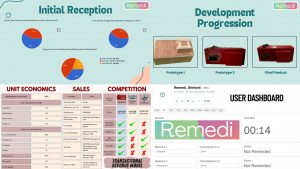
Analysis: Remedi was tested with 8 early users, including senior citizens and full-time caregivers. Feedback focused on how the device made their routines easier. Several families noted they stopped missing or repeating doses after they started using it.
User Feedback
I didn’t just want the product to work. I wanted users to enjoy using it.
One family shared that their biggest worry was letting their elderly father handle medications when they went out. Now, they felt relieved knowing the app would send them notifications. A caregiver balancing work and home life mentioned that the buzzers were loud enough for her mom to hear and the simple button press made it easy to confirm. Some users requested a smaller version. Others suggested reminders in local languages. These weren’t complaints, they were just ideas to improve the product. And that’s exactly what I plan to do.
Growth Plans
My Instagram page started with over 100 followers where I shared product photos, feature explainers and awareness posters. My most-shared tagline was: “Peace of mind, one pill at a time.” Moreover, I am not relying on paid ads yet, just genuine content and word of mouth. But in the future, here’s my plan for Remedi:
- Partner with local pharmacies to offer Remedi with long-term prescriptions
- Reduce device size and create a wall-mount option
- Add language support for regional voice alerts
- Develop a version that reminds users about doctor visits or refill dates
- Collaborate with healthcare NGOs to provide subsidized versions in rural areas
I am also looking into making Remedi accessible for patients with hand tremors or low vision. One idea is to include a voice command feature or a gesture-based trigger.
Final Thoughts
Remedi is personal but it’s not just mine anymore. Families from different backgrounds face the same issue and now they have a way to handle it. I didn’t try to fix every problem in dementia care. I focused on one. I built a device that keeps medicine routines on track without adding stress or cost. I believe that real change starts small. A single alert. A clear button. A caregiver who can finally get a good night’s sleep. That’s what Remedi is for. I am just getting started. To explore more about Remedi, scan the QR code or visit our LinkTree for all links.
About the author
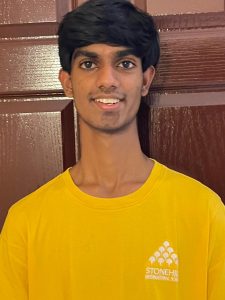 Vidhanshu Kachhwaha is a student innovator with a passion for applying technology to solve real-world problems. He has developed multiple AI- and IoT-based solutions in the fields of healthcare, agriculture, and sustainability. His work combines hands-on engineering with user-centered design, aiming to create accessible, impactful products that improve lives.
Vidhanshu Kachhwaha is a student innovator with a passion for applying technology to solve real-world problems. He has developed multiple AI- and IoT-based solutions in the fields of healthcare, agriculture, and sustainability. His work combines hands-on engineering with user-centered design, aiming to create accessible, impactful products that improve lives.
